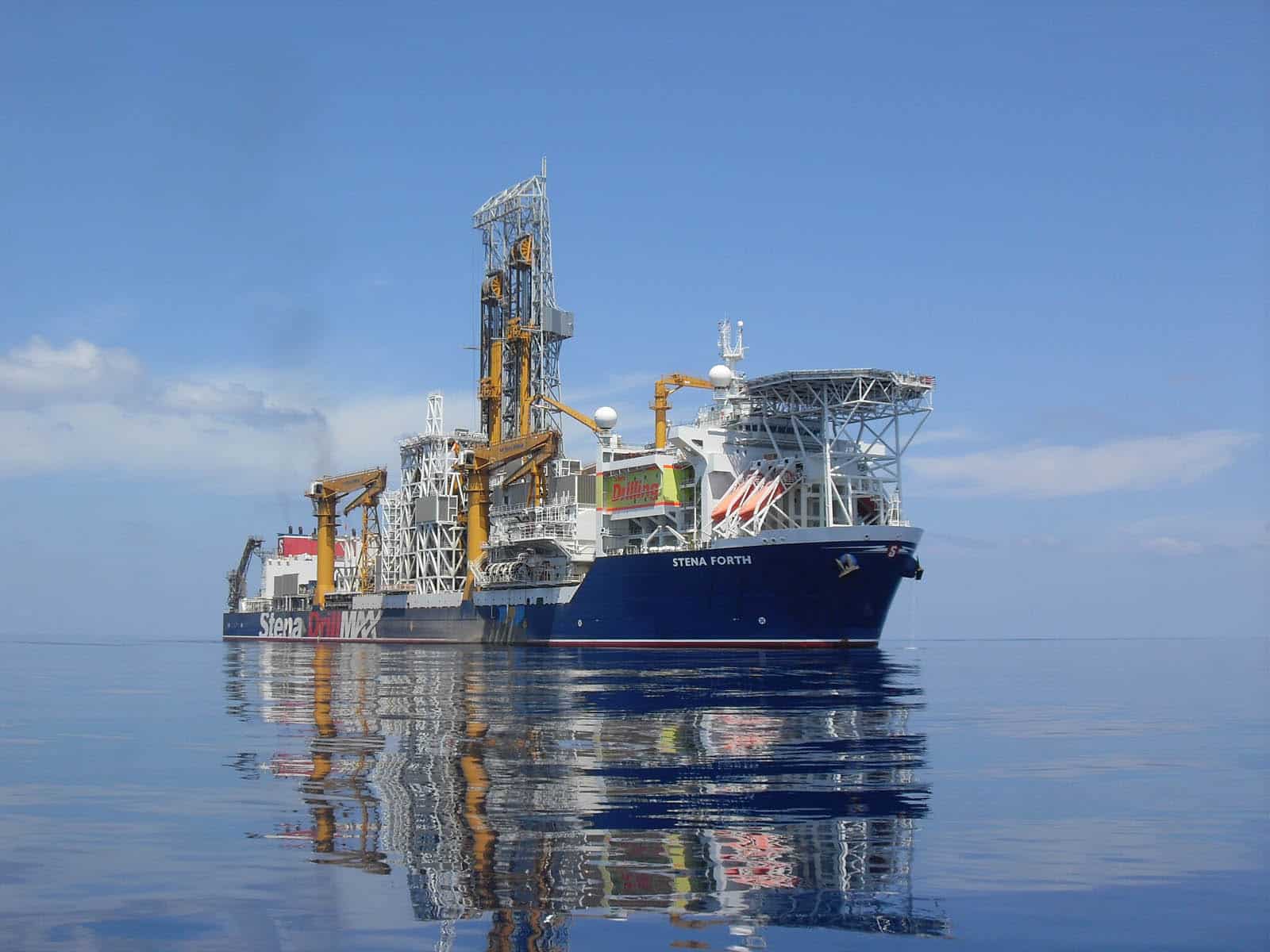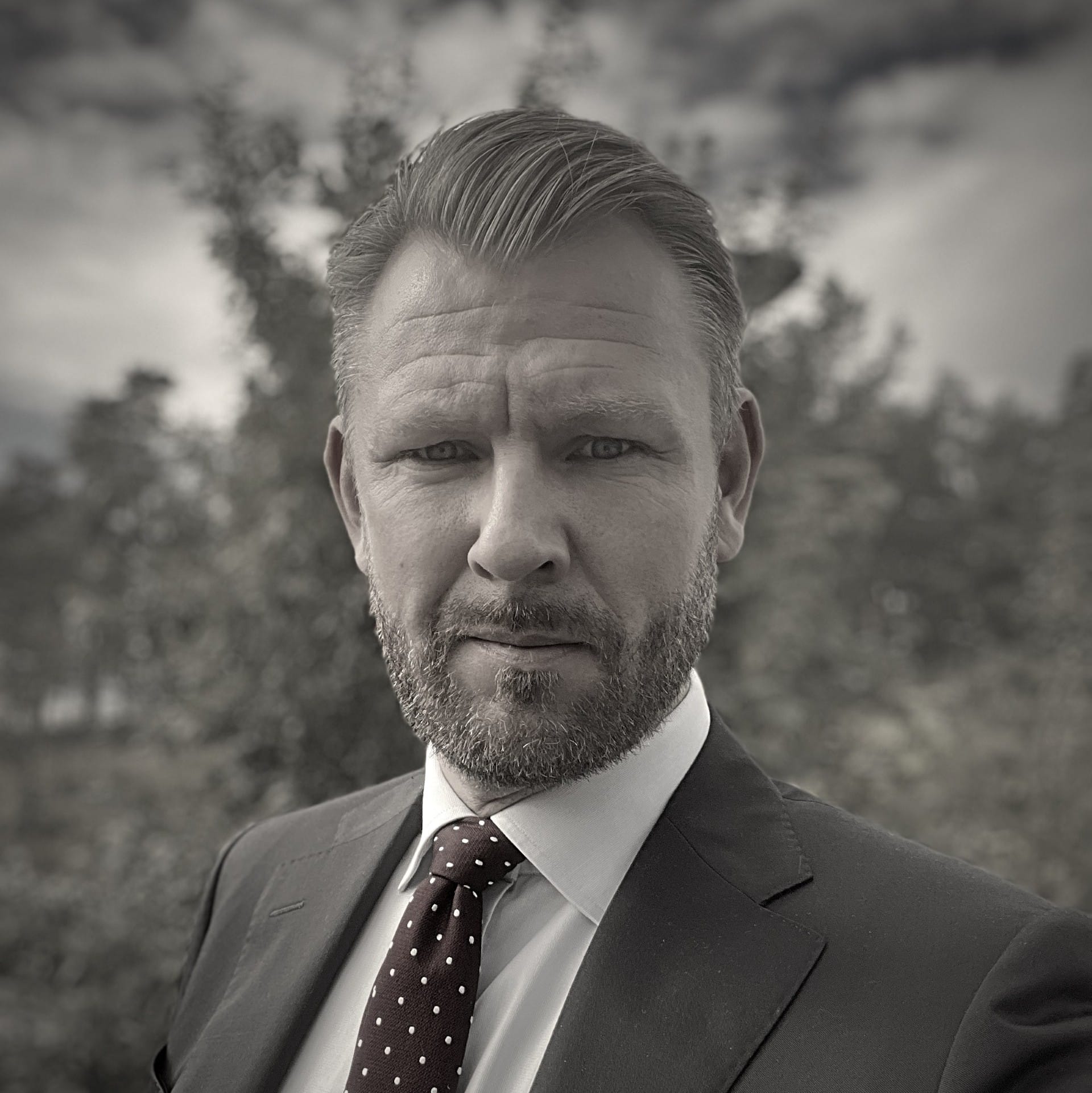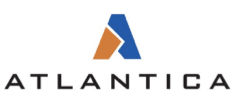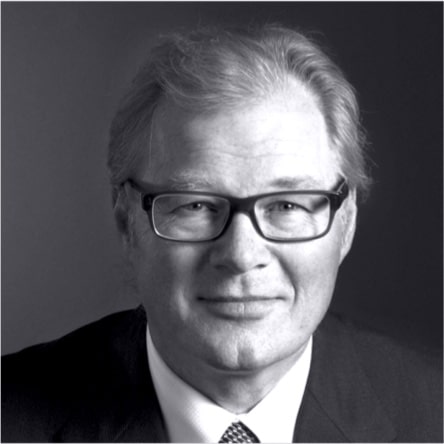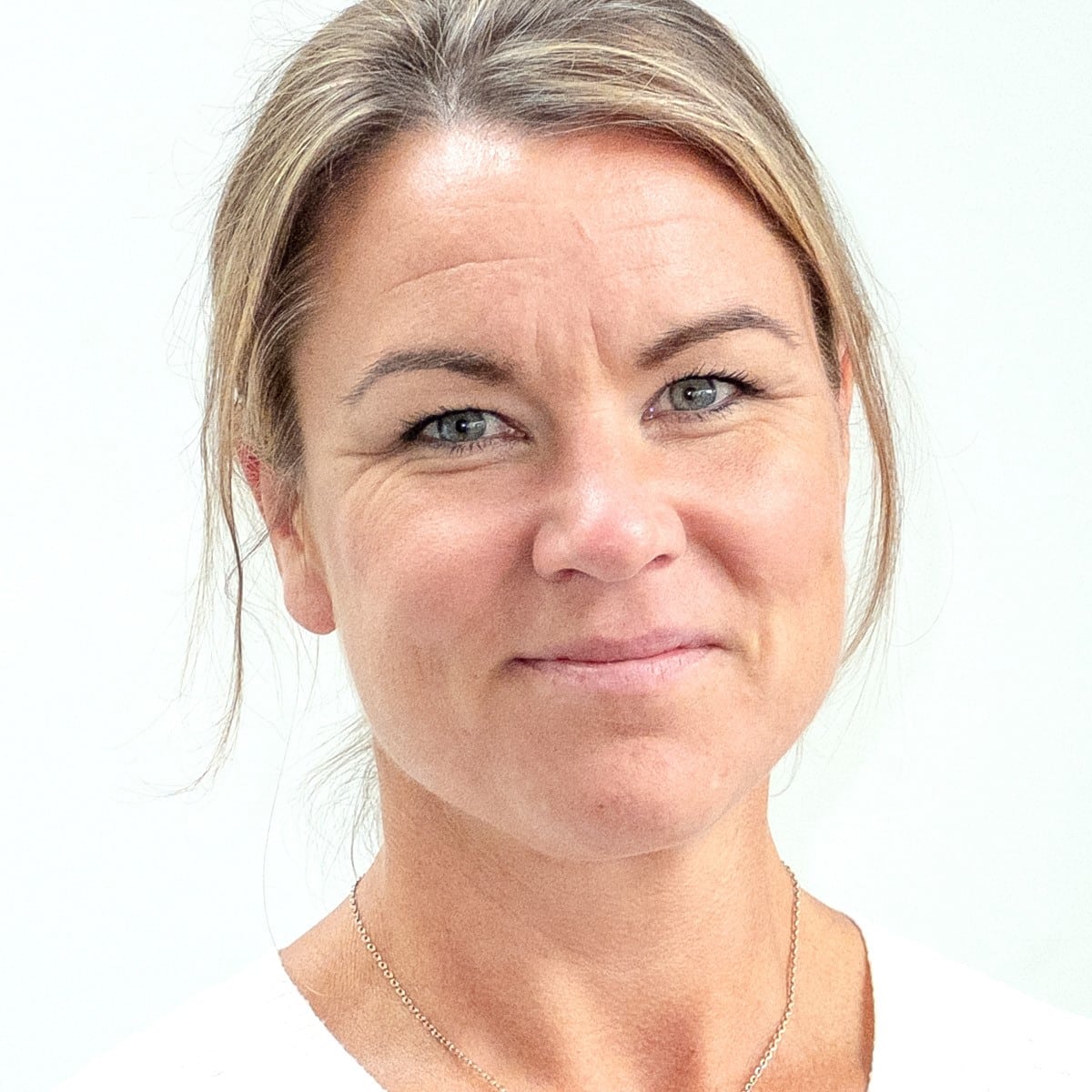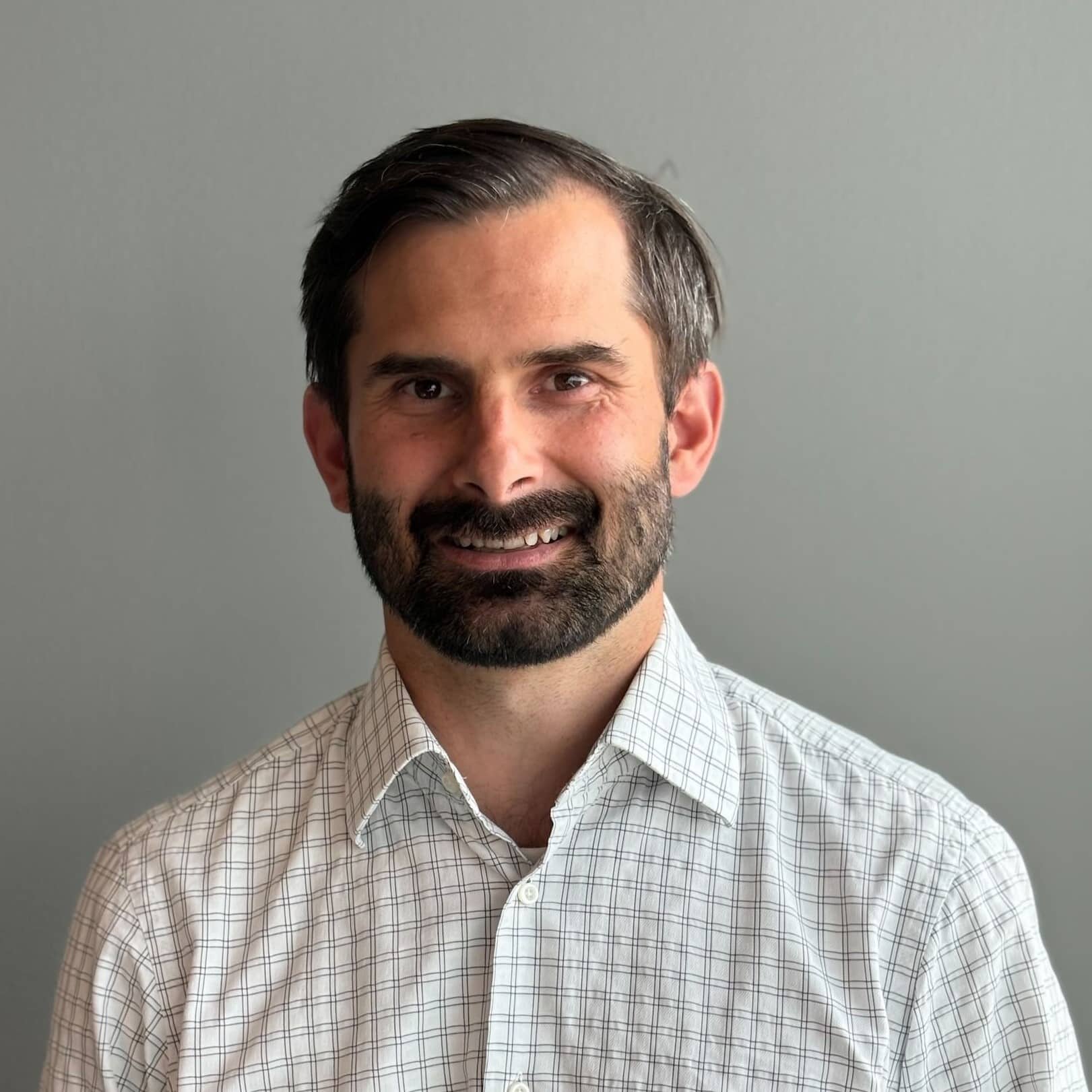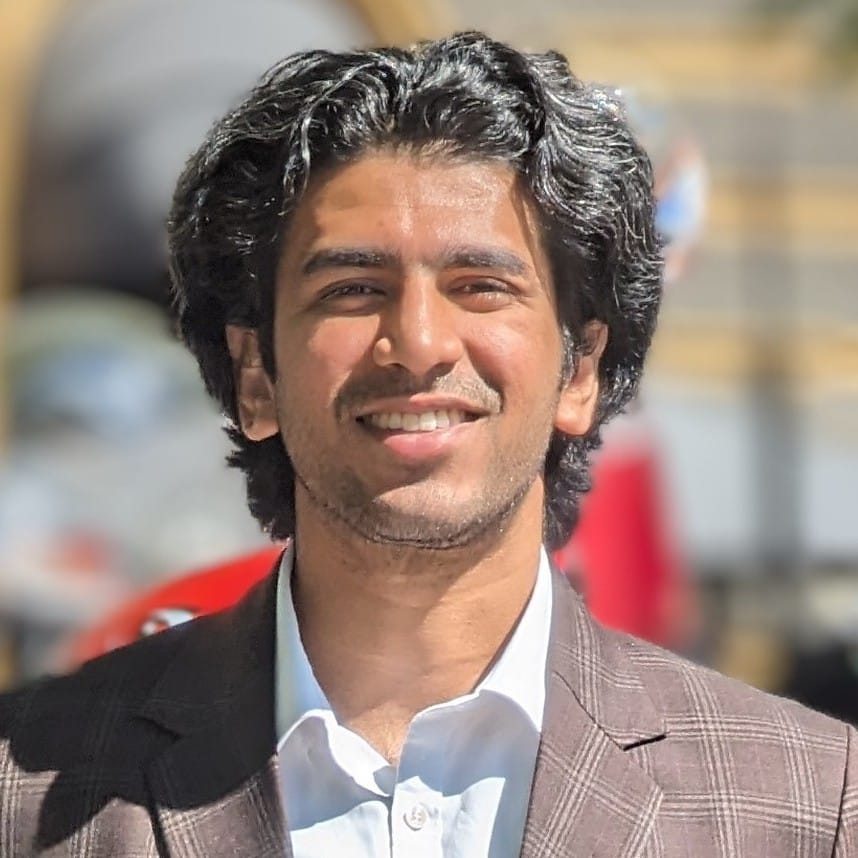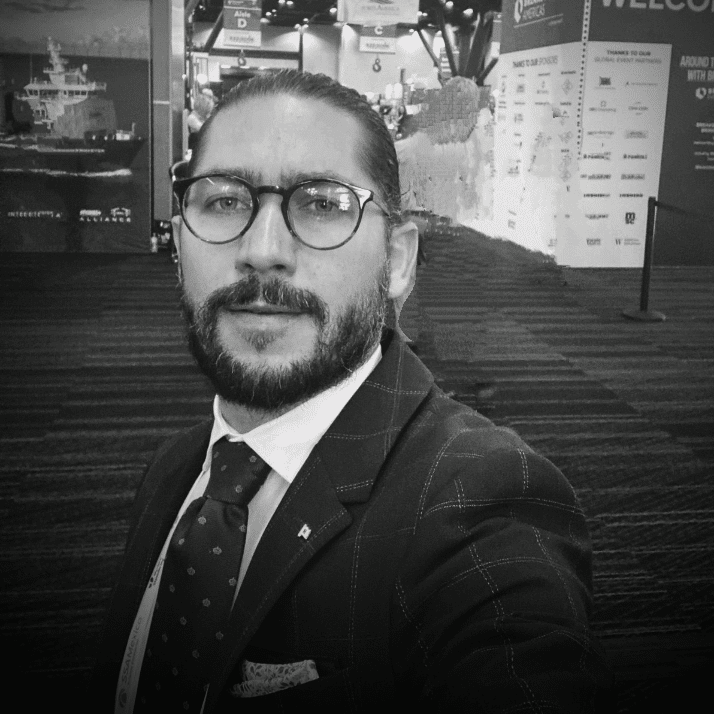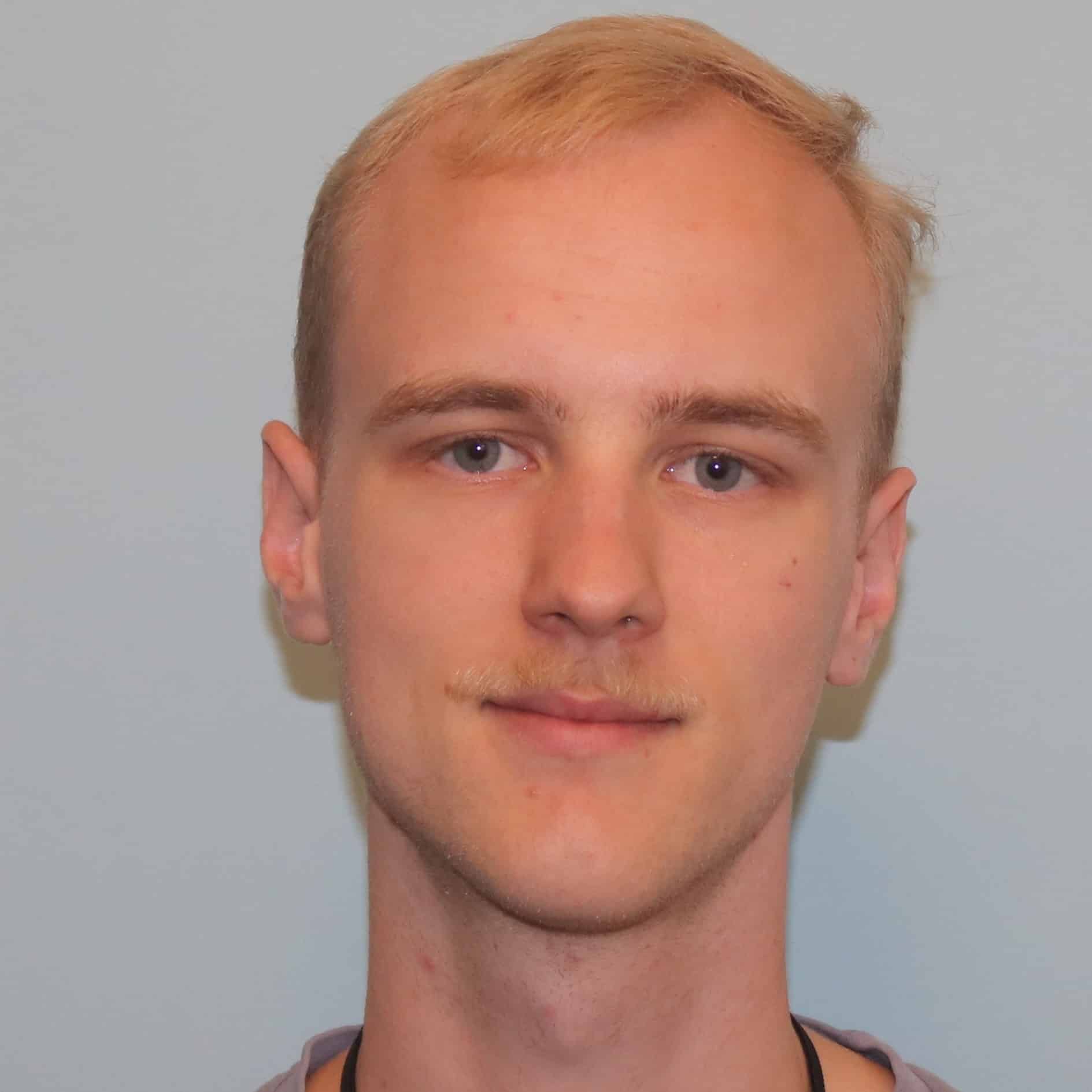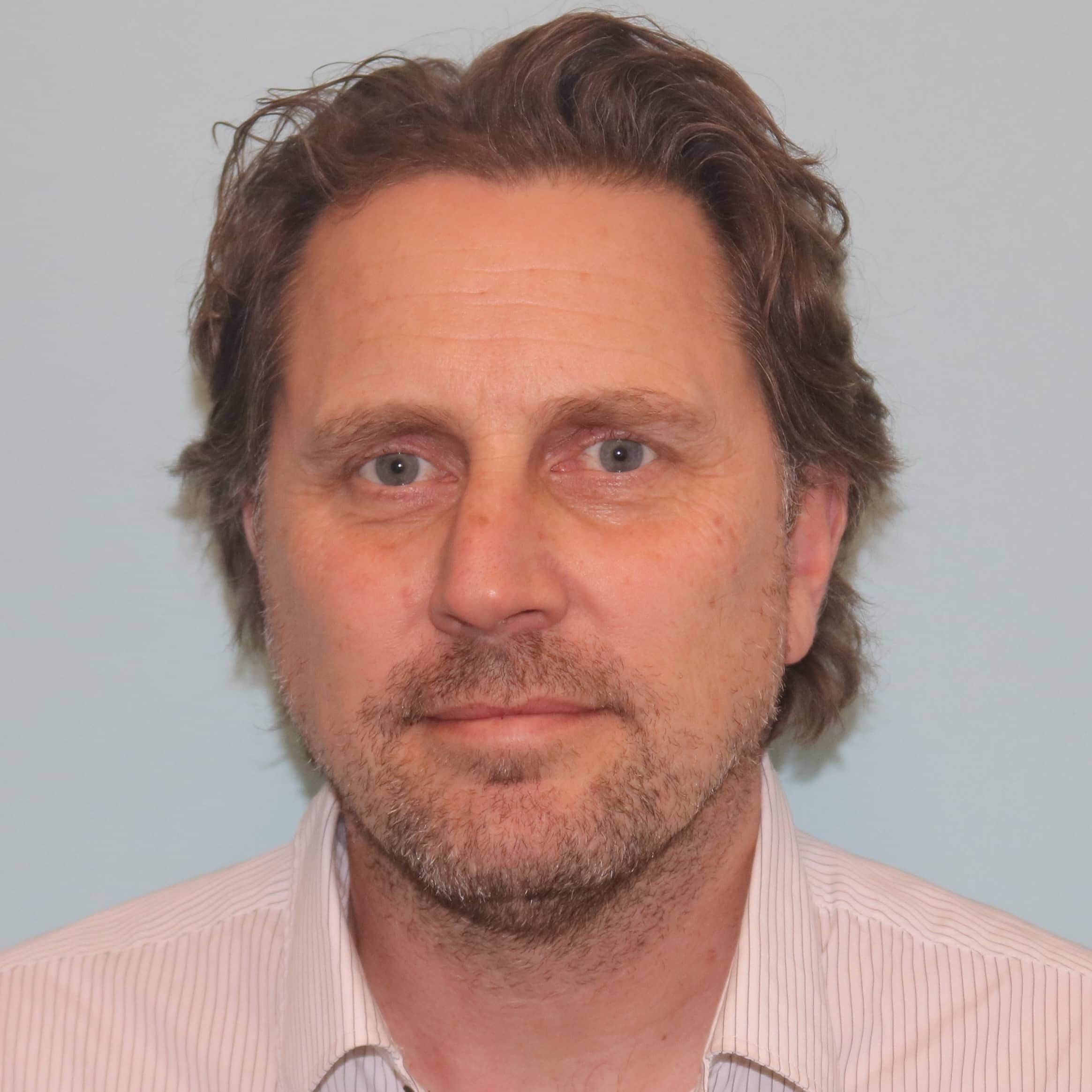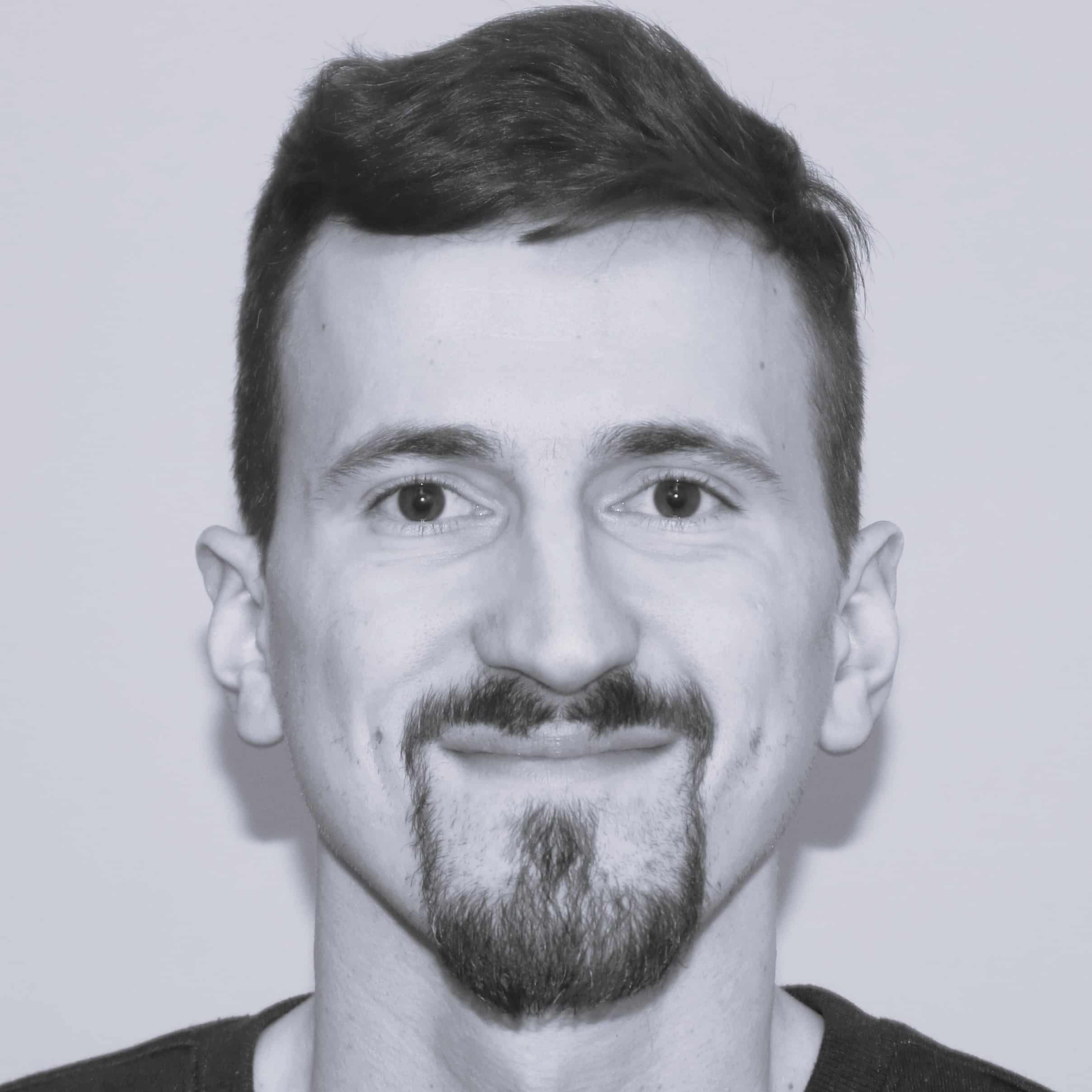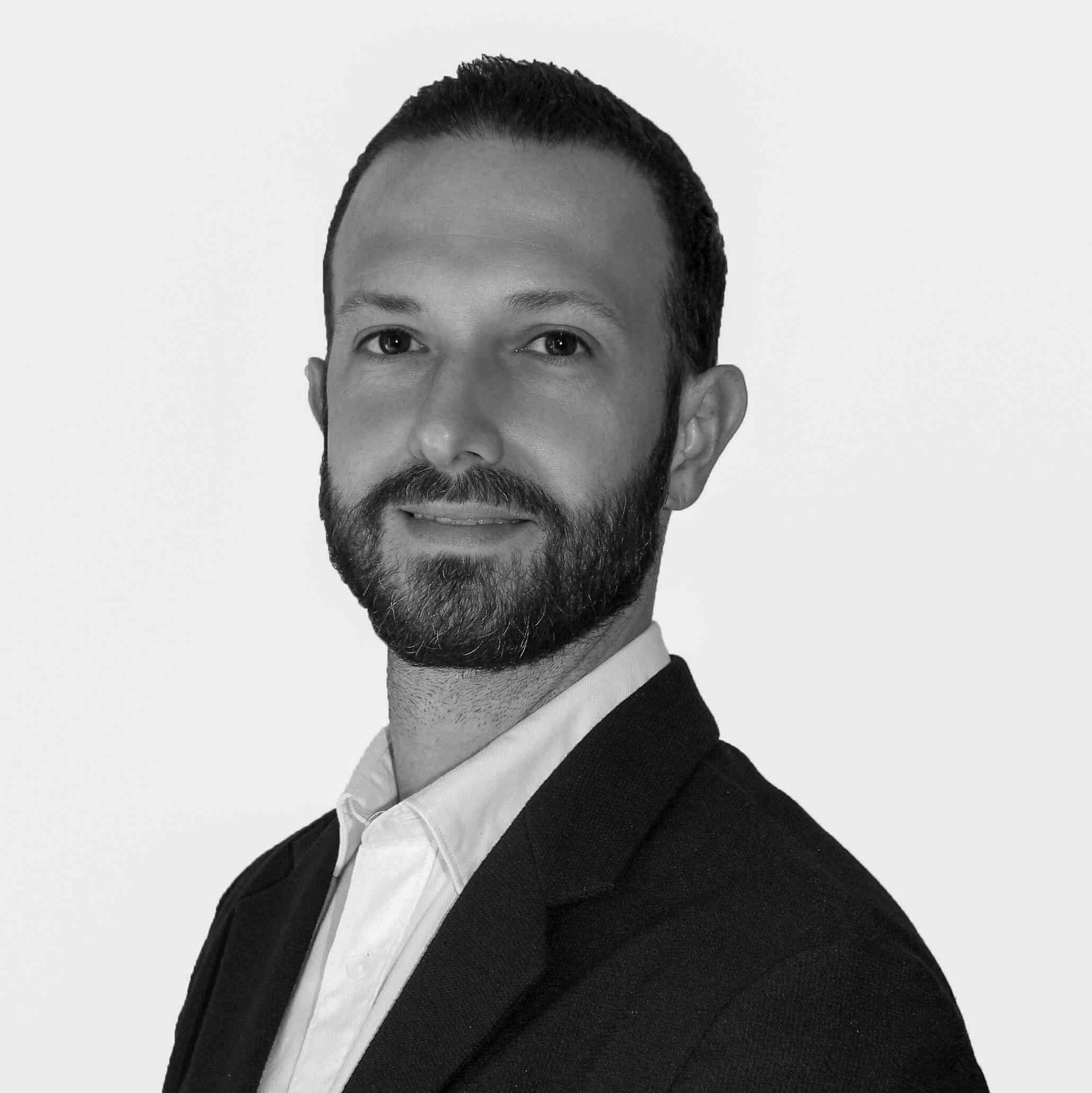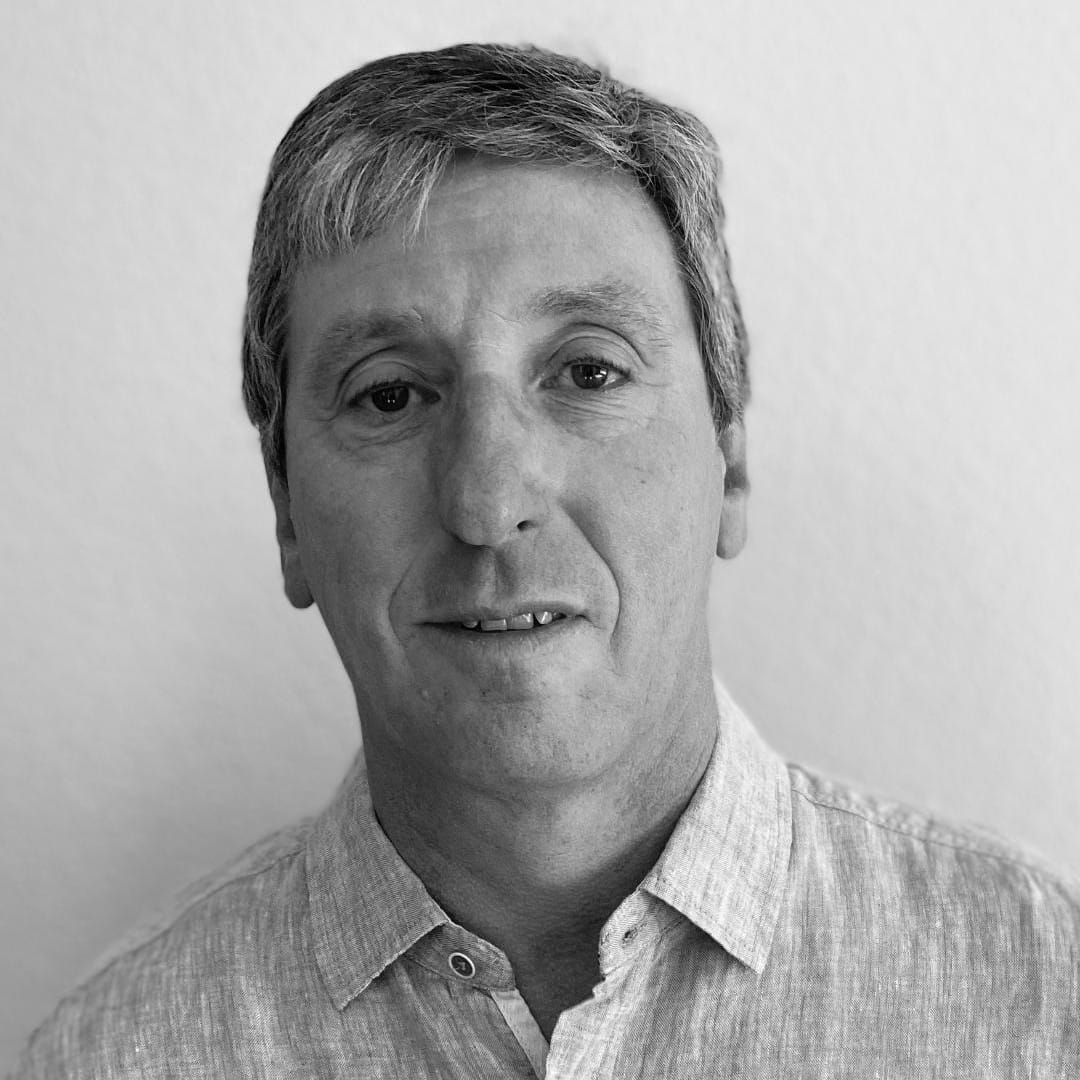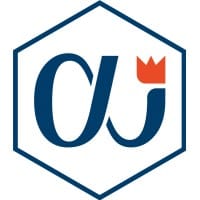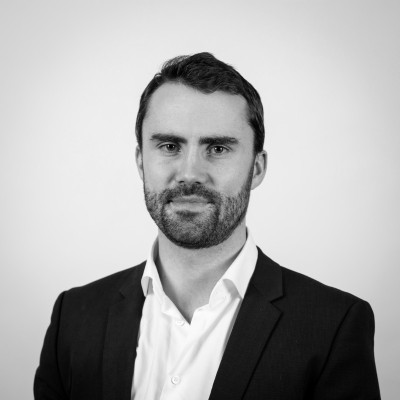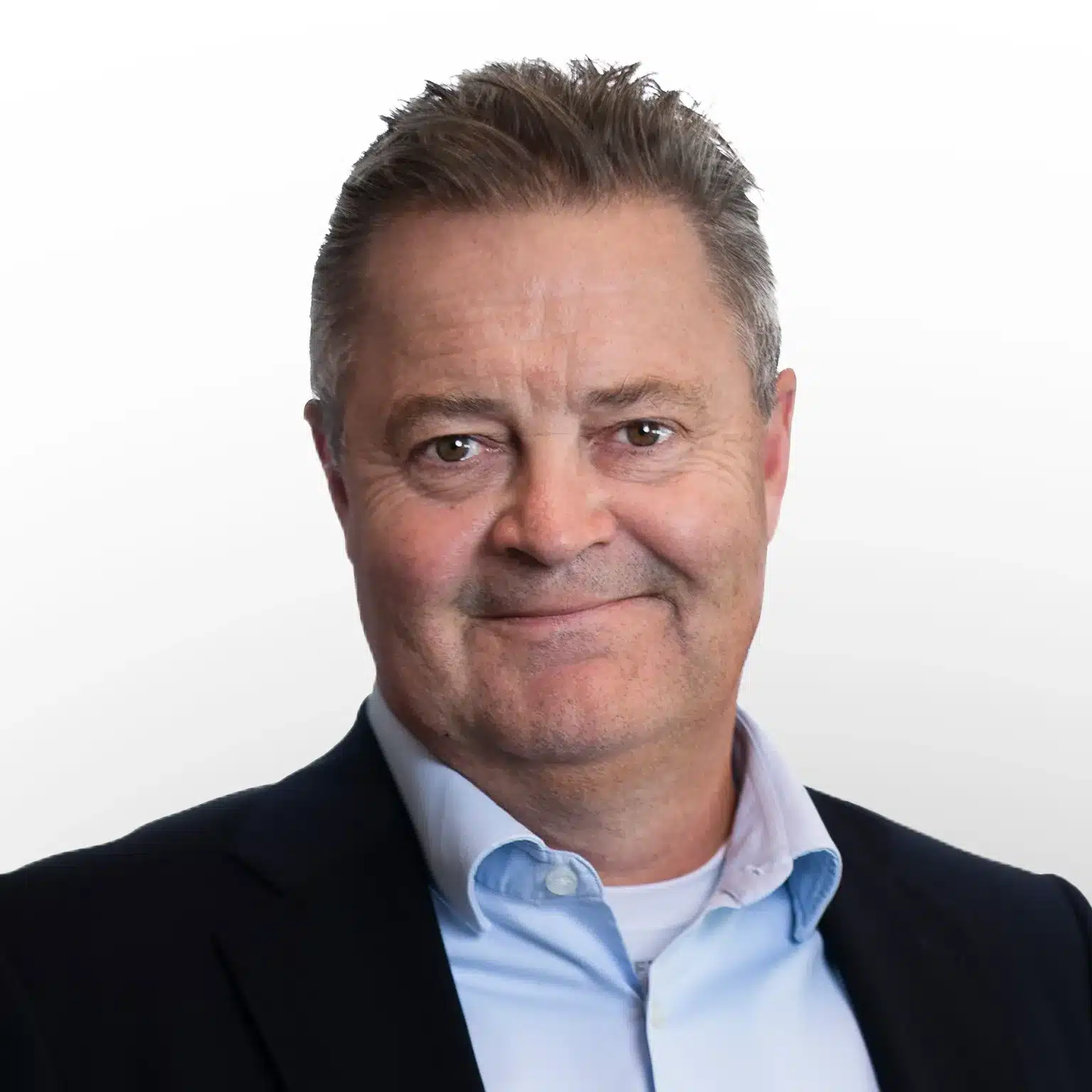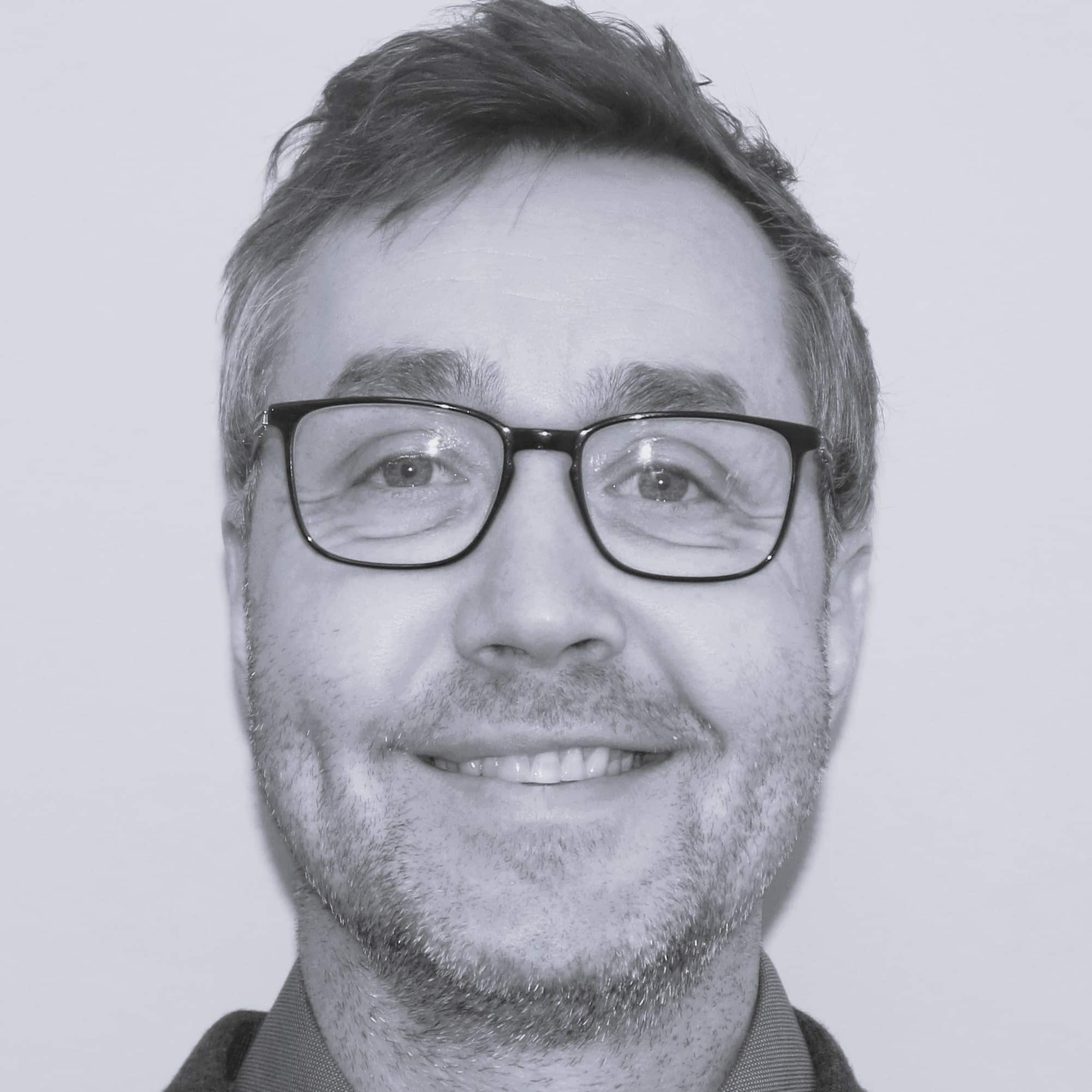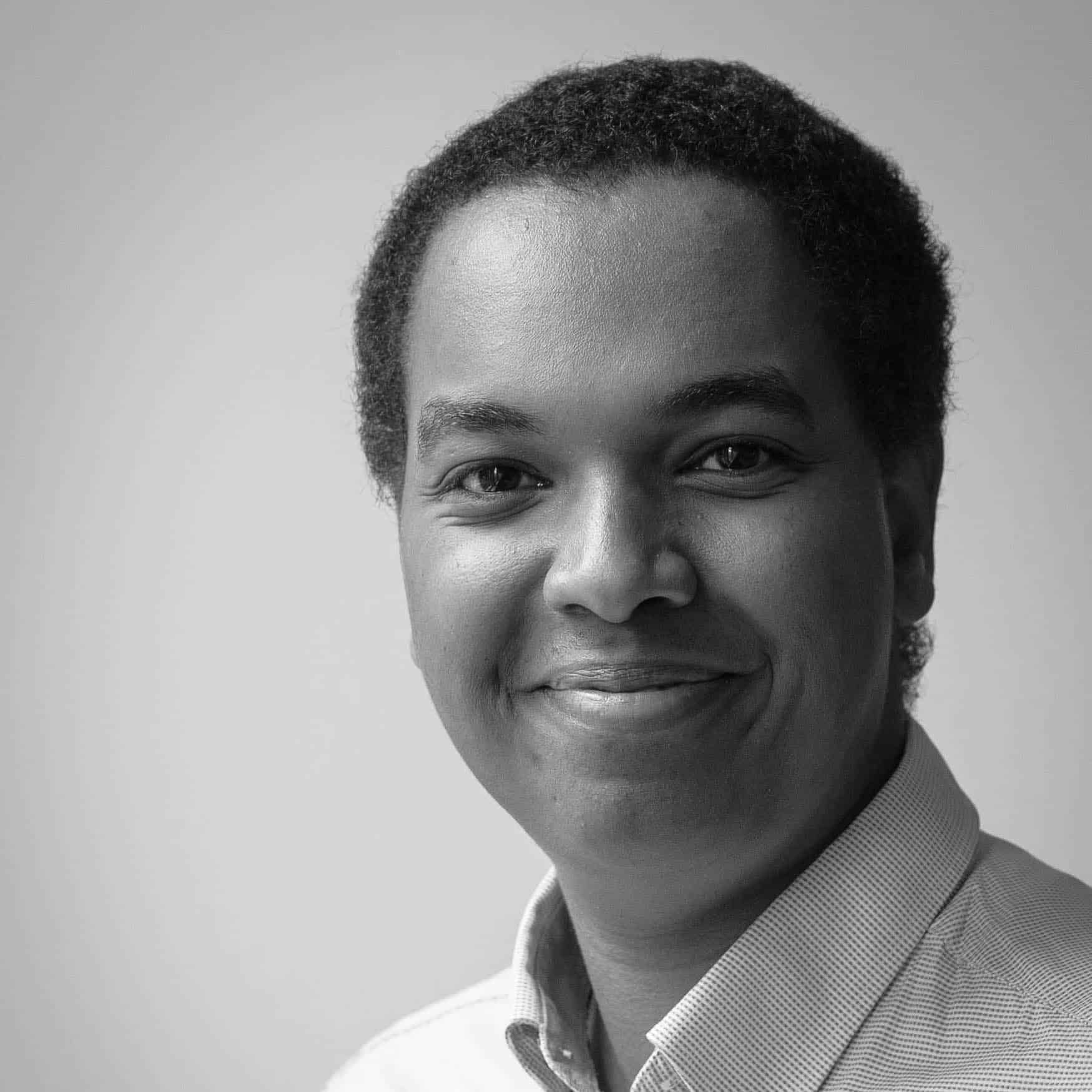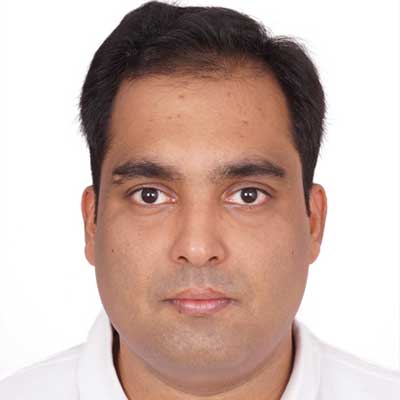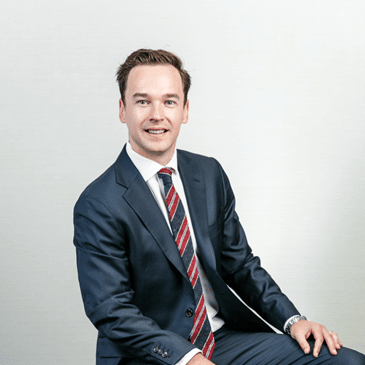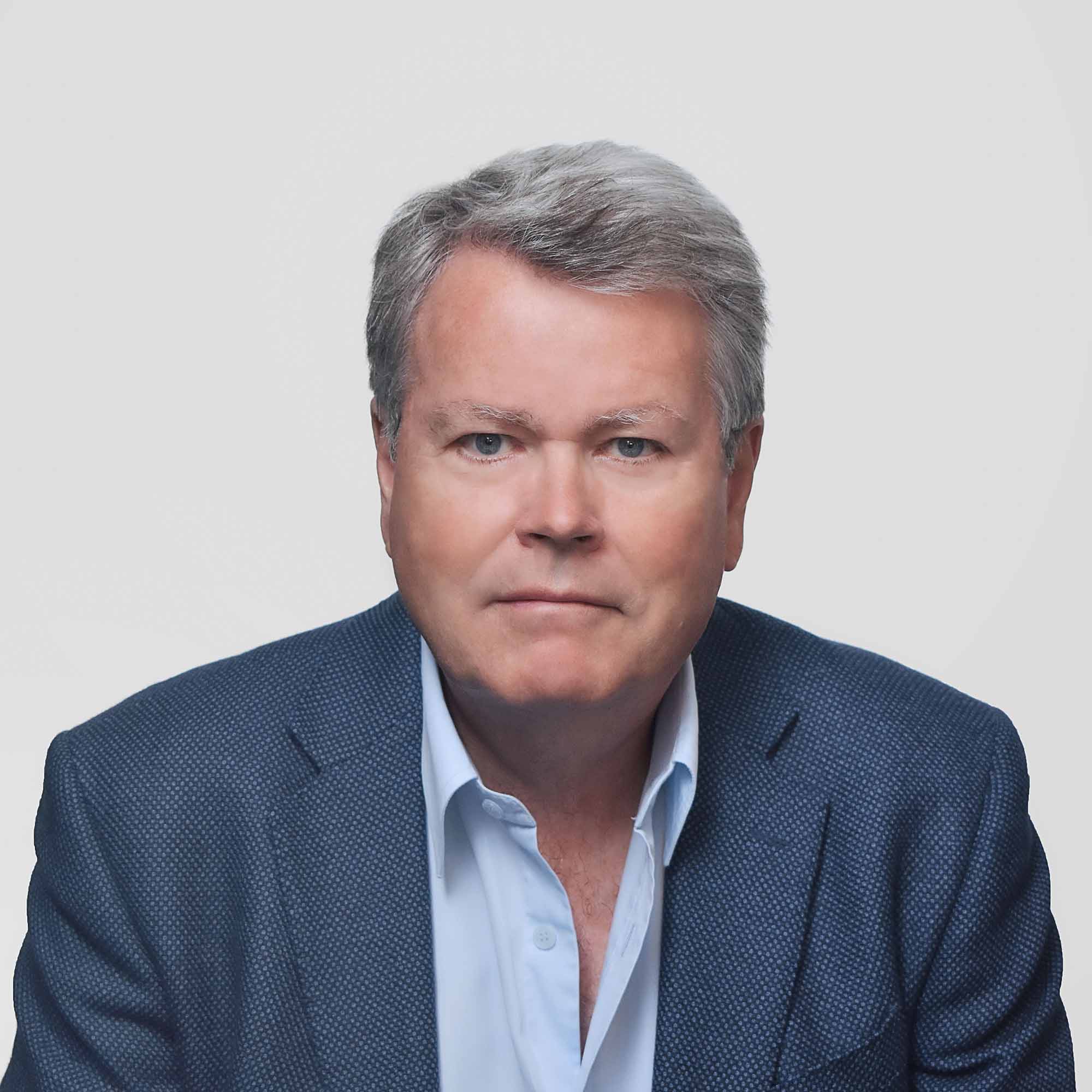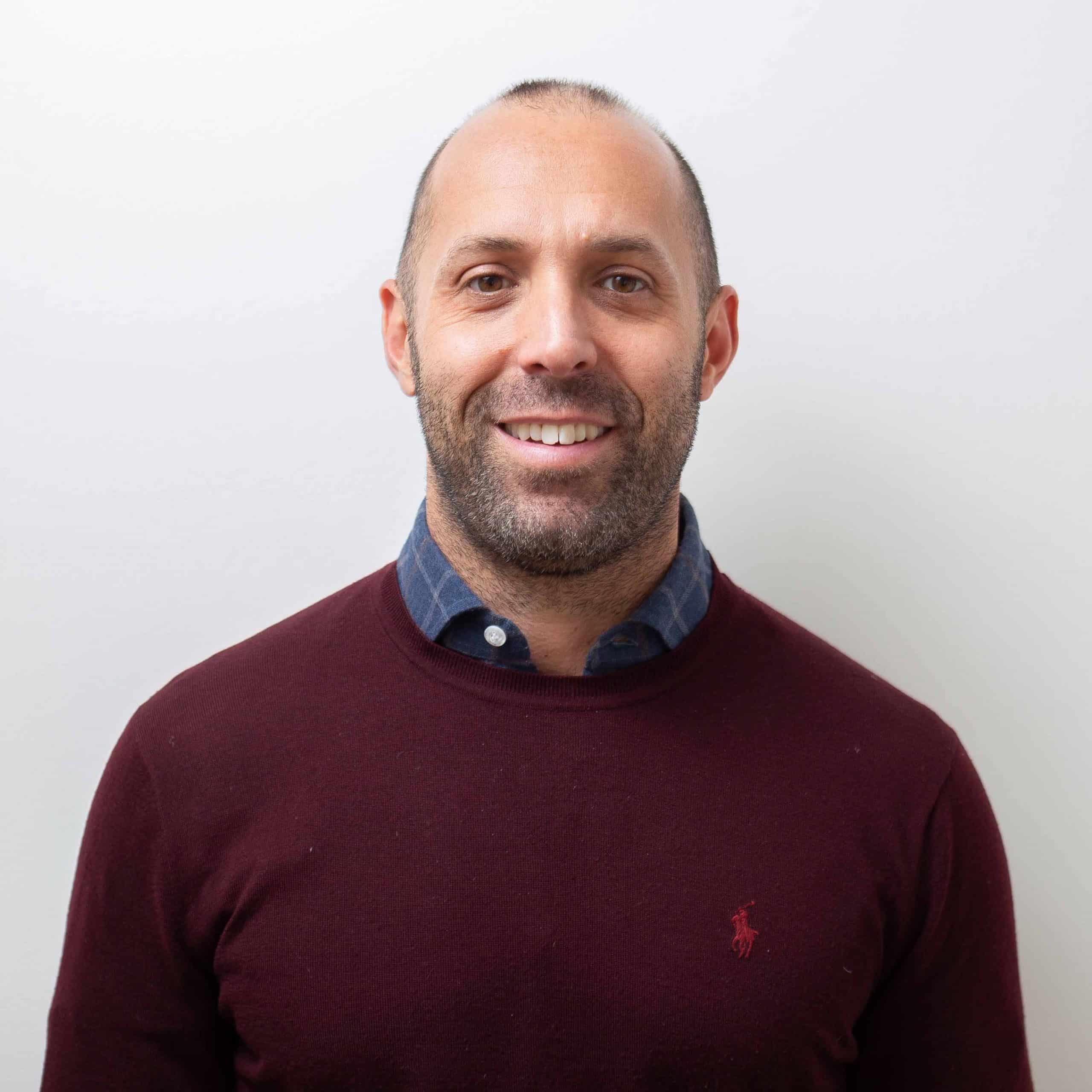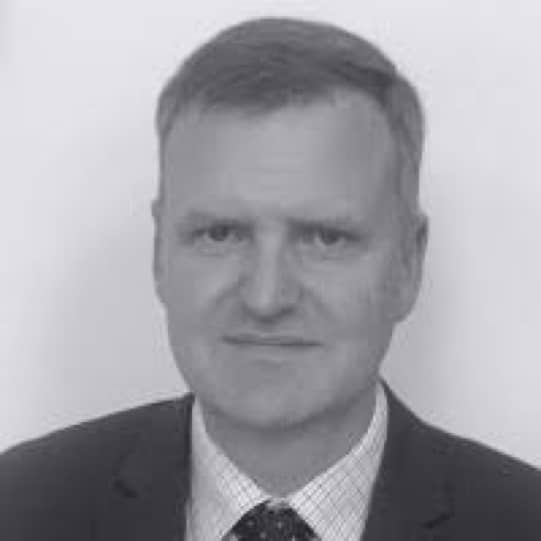This week, OMV discovered gas offshore Norway, while bp has reported oil shows at a Brazilian exploration well. New drilling programs began, with Energean kicking off the Anchois-3 well off Morocco and Eni starting a four-well campaign offshore Indonesia. Looking ahead, TotalEnergies has unveiled development drilling plans for Block 58 offshore Suriname and the company's partner Africa Oil has submitted environmental assessments for drilling at Block 3B/4B offshore South Africa.
In case you missed it, you can access our previous Rig Market Roundup here.
Drilling Activity and Discoveries
Africa Oil, a partner in the TotalEnergies operated Akpo and Egina fields offshore Nigeria, stated that the commitment for a drilling rig working offshore Nigeria has been extended, allowing drilling to continue across Akpo and Egina through 2025. has been conducting infill drilling at these fields with Noble 12,000-ft drillship Noble Gerry de Souza since early 2023. As of 31 July 2024, Noble stated that the rig was firm with TotalEnergies into November 2024 with a nine-month option still available. Two new producing wells and one injection well were brought online at Akpo West during the first half of 2024 and Africa Oil stated that production rates in the field by the end of Q2 2024 were up by 16% since the beginning of the year as a result of the infill drilling campaign. TotalEnergies recently completed a seismic acquisition campaign at the Akpo, Egina and Preowei fields, which will be used to guide the continuing infill drilling program.
Ventura Offshore has confirmed that its 10,000-ft semisubmersible rig SSV Catarina has started its contract with Eni in Indonesia. Following the rig’s recent departure from Balikpapan, Ventura Offshore confirmed Monday that SSV Catarina began its contract with Eni in Indonesia at 00:00 am on 17 August (local time). The drilling program comprises four firm wells with an expected duration of approximately 300 days. In addition to the firm wells, there are five priced well options – four in Indonesia and one in Vietnam – that, if exercised, could extend the contract until the second quarter of 2026.The firm contract period is valued at approximately USD 72 million, excluding integrated services.
ADES 375-ft jackup Emerald Driller has completed its first well for Pertamina offshore Indonesia. Development well TITI A17 was spud at the end of June 2024 and completed on 12 August 2024. This is the first well drilled by Emerald Driller under a three-year term with Pertamina, awarded in late 2023. A two-year option is also available.
Equinor has secured a drilling permit from the Norwegian Offshore Directorate for wellbore 6608/10-R-2 H in production licence 1013 in the Norwegian Sea. Equinor plans to start drilling the wildcat well targeting the Løvmeis prospect in September. The water depth at the site is 358 metres (1174.54 feet). It will use the 1,640-ft Transocean Encourage semisubmersible drilling rig for the operation. The company previously also received consent from The Norwegian Ocean Industry Authority (Havtil) for this operation. The production licence PL1013 is operated by Equinor, with PGNiG Upstream Norway and Petrolia NOCO as partners.
Stena Drilling 10,000-ft drillship Stena Forth has arrived at the Lixus licence off Morocco and drilling operations have started on the Energean-operated Anchois-3 well (previously known as Anchois East). “The Anchois gas project holds exciting potential. At 18 bcm it is Morocco’s largest undeveloped discovery, with an additional 21 bcm of undrilled prospective resources offering significant upside,” Energean said Tuesday, announcing the drilling start. Stena Forth arrived on site on Sunday, after completing regulatory surveys and contract preparations in Las Palmas. In April 2024, Energean became the operator of the Lixus licence after completing its farm-in into Chariot Limited’s licences offshore Morocco. In a statement on Tuesday, Chariot also confirmed the drilling had started and said Anchois-3 drilling and flow testing operations were expected to take approximately two months. Chariot said Anchois-3 was a multi-objective well with distinct operational phases. The pilot hole phase will see an initial pilot drilled. Its main objective is to evaluate the potential of the Anchois Footwall prospect, located in an undrilled fault block to the east of the main field, which has a 2U Prospective Resource estimate of 170 Bcf in the main O Sand target. The main hole phase will see a side-track then be drilled to intersect and further evaluate the discovered gas sands in the Anchois field, with a current 2C Contingent Resource estimate of 637 Bcf, in the eastern part of the main fault block of the field. The deeper Anchois North Flank prospect will then be drilled, which has additional 2U Prospective Resource estimate of 213 Bcf and which will also de-risk the nearby Anchois South Flank prospect with a 2U Prospective Resource estimate of 372 Bcf Well flow testing will then be performed on selected encountered gas sands to evaluate reservoir and well productivity. The well will then be suspended to enable it to be used as a potential future producer.
Australian company Santos stated on Wednesday that its Barossa Gas Project is nearly 80% complete and expected to begin operations in the third quarter of 2025.The third of six planned Barossa wells has been drilled and completed, delivering better-than-expected reservoir results, according to the company. Santos, which is utilising the Valaris MS-1 semisubmersible drilling rig for the project, reported that the well was successfully drilled, completed, and flow-tested during clean-up operations. Initial results from the well indicate excellent reservoir quality and thickness, with a flow rate exceeding pre-drill expectations. The predicted well capacity is approximately 300 MMscf/d. Additionally, Santos confirmed the completion of the gas export pipeline, which will transport gas from the Barossa field to Darwin LNG. The Barossa FPSO vessel is currently 86% complete and is on track to sail to Australia in the first quarter of 2025.
Santos expects to drill the Halyard-2 infill well in the Carnarvon Basin off Australia in late 2024.The well site is located in the Greater East Spar (GES) field located in Commonwealth waters, off Australia. The Halyard-2 well will replace the existing Halyard-1 well, which is now depleted. In the environment plan, accepted by NOPSEMA in July, Santos said that drilling operations are expected to take 50 days. Santos will use Diamond Offshore’s Ocean Apex semisubmersible drilling rig to drill the Halyard-2 well. The well is expected to come online in early 2025.
ExxonMobil is drilling the Haimara-4 appraisal well on the Stabroek block offshore Guyana with Stena Drilling 10,000 ft drillship Stena Carron. A notice to mariners indicated that Stena Carron could continue work at Haimara-4 into late October 2024. The well is the latest in several appraisal wells following up ExxonMobil’s 2019 Haimara discovery. The Haimara-2 appraisal well was drilled in 2023 and Noble 12,000-ft drillship Noble Sam Croft began drilling the Haimara-3 well in July 2024. ExxonMobil has five drillships working offshore Guyana at this time, including Stena Carron, Noble Sam Croft, Noble Tom Madden, Noble Don Taylor and Noble Bob Douglas.
OMV has discovered gas in the deepwater wildcat well 6605/6-1 S, targeting the “Haydn/Monn” prospects in the Norwegian Sea. OMV used semisubmersible Transocean Norge to drill the well in a water depth of 1064 metres. This is the first well to be drilled in production licence 1194. The discovery site lies approximately 65 kilometres southwest of the Aasta Hansteen field and 310 kilometres west of Sandnessjøen. Preliminary estimates suggest that the primary exploration target, the Springar Formation, holds between four and twelve million standard cubic metres (Sm3) of recoverable oil equivalent (o.e.). Additional discoveries were made in two other levels, with uncertain volumes. However, preliminary estimates indicate between 0.5 and 5 million Sm3 of recoverable o.e. in the lower part of Springar Formation, and between 0.5 and 6 million Sm3 of recoverable o.e. in the secondary exploration target, the Nise Formation, the Norwegian Offshore Directorate said. In a separate statement, OMV said the well encountered gas with estimated recoverable volumes between 30 and 140 mn boe in total. OMV operates the licence in partnership with Vår Energi and INPEX Idemitsu. The partners will further evaluate the discovery for a potential gas field development linked to the nearby infrastructure, with the Aasta Hansteen platform a likely host. “This discovery could unlock significant potential in the area and extend the life of the Aasta Hansteen gas hub, in which OMV already has a stake,” said Berislav Gašo, OMV Executive Vice President Energy. Well 6605/6-1 S was drilled to respective vertical and measured depths of 4641 metres and 5123 metres below sea level, and was terminated in the Nise Formation in the Upper Cretaceous. The well has now been permanently plugged and abandoned.
UK supermajor bp has reported oil shows after completing the drilling of its Pau Brasil exploration well in the Santos Basin, off Brazil’s southeast coast. The drilling operation for Pau Brasil, officially named 1-BP-12D-RJS, started on 13 June 2024 and finished 21 August 2024, with Valaris’ 12,000ft drillship Valaris DS-15. bp has two additional wells that can be drilled depending on the evaluation of the results. The hydrocarbon traces were announced on 19 August 2024, in waters 7,490 ft deep, which was also confirmed by ANP (the Brazilian National Agency for Petroleum, Natural Gas and Biofuels).
Demand
A proposed drilling campaign at the Chevron-operated Agbami field offshore Nigeria is expected to commence in late 2025 to early 2026, according to partner Africa Oil. The Agbami field is operated by Chevron with a 67.3% interest. Africa Oil has a 3% effective interest in the field. Chevron is currently carrying out a 4D seismic survey at the field, which is expected to conclude during the third quarter and provide information for planning of the drilling campaign. Chevron launched a tender opportunity for a deepwater rig to work at Agbami earlier this year. The company is seeking a DP3 unit with water depth capabilities of 10,000 ft for a two-year period with a one-year option.
Africa Oil has submitted an environmental and social impact assessment for drilling on Block 3B/4B in the Orange Basin offshore South Africa and expects the first exploration well on the block to be drilled in 2025, subject to approvals. The company is currently working on the transition of operatorship of the block to TotalEnergies. In March 2024, Africa Oil announced a farm down agreement with TotalEnergies and QatarEnergy for the block, including the transfer of operatorship. The company is also acquiring an additional 1.0% interest in the block from an Eco Atlantic subsidiary. Completion of these transactions is expected in 2024, with Africa Oil to retain an 18.0% interest in the block.
Japan’s Inpex has been awarded an exploration permit off the northern coast of Western Australia. Australian subsidiary INPEX Browse secured the permit for Release Area AC22-1, now named AC/P71, in Australia’s 2022 Offshore Petroleum Exploration Acreage Release. INPEX Browse will be the operator and hold a 100% working interest in the title. The block covers approximately 920 square kilometers, with water depths ranging from 100 meters (328 feet) to 300 meters (984 feet). The block is adjacent to the AC/RL7 Retention Lease, where INPEX acquired a 74% stake in 2023, and where natural gas and condensate fields have been discovered. This proximity suggests AC/P71 is in a promising exploration area. If exploration is successful, gas from the block could potentially feed into Inpex’s Ichthys project located to the south of the permit area.
TotalEnergies has submitted draft environmental and social impact assessment documents to the National Institute for Environment and Development in Suriname (NIMOS), revealing plans for 32 wells to be drilled during the development of Block 58 offshore Suriname. TotalEnergies and its partner APA Corporation plan to take a final investment decision on its Block 58 development in the fourth quarter of 2024. TotalEnergies plans to develop oil reseves at the Sapakara South and Krabdagu fields. Work will include the drilling of 32 wells, and the installation and operation of subsea equipment and an FPSO at the field. Initial production is currently projected for early 2028. Under current plans, TotalEnergies will use two mobile offshore drilling units for its drilling program. The first rig, a semisubmersible, will begin drilling in September 2026 with the second unit, a drillship, starting in October 2026. Development drilling with the semisubmersible will continue into the third quarter of 2029, while the drillship will be drilling through the first quarter of 2030. TotalEnergies has not yet selected the rigs to be used for the project. TotalEnergies will drill 6 production wells and 6 water alternating gas injection wells at Sapakara South and 10 production wells, 7 water alternating gas injection wells, 1 water injection well and 2 gas injection wells at Krabdagu. Subsea equipment installation will begin in early 2027 and continue into 2028, while FPSO installation will be undertaken in the fourth quarter of 2027 and first quarter of 2028.
Offshore drilling contractor and rig manager Odfjell Drilling expects rig demand in its key markets of Norway and West Africa to pick up in 2025 and 2026. The company stated that the outlook for offshore rigs in Norway is positive, with demand for services expected to increase in the coming years, particularly from 2026. Odfjell said that multiple developers are actively seeking to grow in Norway, which could result in a possible need for more rigs in the country. All four of Odfjell Drilling’s owned semisubmersibles are contracted offshore Norway until at least mid-2026. Odfjell also expects international demand to pick up in 2025 and 2026, with short term contracts available for work in 2025 in West Africa and longer-term contracts expected to increase as new exploration projects mature into developments in 2025 and 2026. The company is looking at opportunities in the Orange Basin offshore Namibia and South Africa. Odfjell manages the Northern Ocean owned semisubmersibles Deepsea Bollsta and Deepsea Mira and the SFL Corporation owned semisubmersible Hercules. Deepsea Bollsta is currently in between contracts offshore Namibia, expected to begin a contract with Chevron in the fourth quarter of 2024. Deepsea Mira is conducting exploration drilling for TotalEnergies offshore Congo and Hercules is drilling for Equinor offshore Canada.
Indonesia has approved Eni’s Plan of Development (POD) for the Geng North (North Ganal PSC) and Gehem (Rapak PSC) fields. Eni said the integrated development of the two fields would create a new production hub, called Northern Hub, in the Kutei Basin. The Northern Hub plan of development envisages the development of the 5 TCF gas and 400 million barrels of condensates of the Geng North discovery announced by Eni in October 2023, along with the 1.6 TCF of the nearby Gehem discovery via subsea wells, flowlines and a new built FPSO with a handling capacity of about 1 BCFD gas and 80,000 barrels of condensates per day and a storage capacity of 1 million barrels. Gas will be treated onboard the FPSO and then piped to the onshore receiving facilities at Santan Terminal and to the East Kalimantan pipeline network; it will be partly liquefied at the Bontang LNG facility and partly piped for domestic market. The condensates production will be stabilized and stored onboard the FPSO, and then evacuated via shuttle tankers. The Indonesian authorities have also approved the POD for Gendalo & Gandang fields (Ganal PSC). Additionally, Eni said Friday it was awarded by the Indonesian authorities a 20-year extension of the IDD licences named Ganal and Rapak. The approved Gendalo & Gandang POD envisages the development of the cumulative 2 TCF gas reserves in the Ganal PSC via subsea wells tied back to the Jangkrik FPU. The development of Gendalo & Gendang will allow to extend Jangkrik’s gas production plateau, which nears 750 mmscf/d, by at least 15 years, Eni said. Eni also said it was planning to conduct a drilling campaign in the next 4-5 years to assess the significant near-field exploration potential within the Eni-operated blocks in the Kutei Basin, amounting to over 30 TCF of gas and largely de-risked following the Geng North discovery. The CEO of Eni Claudio Descalzi said the approval of the Northern Hub and Gendalo & Gandang Plans of Development marked a crucial milestone towards the FID of both gas projects. “The strategic partnership with the Indonesian authorities has been pivotal to reaching these key milestones only a few months after the Geng North discovery and the completion of the IDD and Neptune acquisition processes,” said Claudio Descalzi, Eni CEO. Worth noting, the company recently brought the SSV Catarina semisubmersible drilling rig in Indonesia. Rig owner Ventura Offshore confirmed Monday that SSV Catarina began its contract with Eni in Indonesia on 17 August 2024. Eni also recently launched a pre-tender for a DP3 floating mobile offshore drilling unit for a five-year contract in Indonesia. The estimated start-up time for this is Q4 2025 or Q1 2026.
Mobilisation/Rig Moves
Valaris 12,000-ft drillship Valaris DS-10 has completed work for Shell at the Bonga field offshore Nigeria and is now relocating to Las Palmas in the Canary Islands, where the rig is expected to be available in the near term. Valaris DS-10 had been working for Shell since 2018. Earlier this month, Valaris stated that they expect the rig to be available in the near term, with some short-term opportunities for Valaris DS-10 and its other rigs possible in the fourth quarter of 2024.
Malaysia’s Petronas Carigali is set to move Velesto 350-ft jackup Naga 3 from the Cemumar-1 well site to Labuan.With the support of JM Ehsan and Mutiara Ratu vessels, the rig will be towed from the well site off Sarawak to Asian Supply Base (ASB), Labuan. The towing operation is scheduled between 27 August and 31 August, 2024. This also marks the end of the Naga 3 contract with Petronas Carigali. The contract began in Q3 2023 after the rig previously completed the PTTEP contract in Malaysia.
Rig Deliveries
China Oilfield Services Limited (COSL) has taken delivery of the 400-ft jackup drilling rig Hai Yang Shi You 948. The ABS-classed jackup of the F&G JU-2000E design was originally ordered by Seadrill as part of a multi-rig order. Seadrill eventually relinquished the orders in 2018 and 2019. In September 2023, COSL agreed to buy four of these stranded rigs from Dalian Shipbuilding Offshore Co. Ltd. According to available info, the Hai Yang Shi You 948 (ex-West Hyperion) was delivered on August 15, more than a decade since the first steel was cut. According to ABS data, the Hai Yang Shi You 945 (ex-West Titan) was delivered in October 2023, Hai Yang Shi You 946 (ex-West Rhea) in November 2023, and Hai Yang Shi You 947 (ex-West Tethys) was delivered in late December 2023. All four rigs are of the F&G JU-2000E design.
Other News
Gas production has started from the Argo Cassiopea field offshore Italy, which is operated by Eni in joint venture with Energean. The Argo Cassiopea development has four subsea wells in the Strait of Sicily. Currently, initial test production is from one well with the remaining wells and associated facilities expected to be brought online, tested and commissioned over the coming months. Gas is transported via a subsea pipeline to the Gela processing plant. Photovoltaic panels installed at the project are intended to ensure carbon neutrality for Scope 1 and 2 emissions. Eni estimates reserves of around 109 billion cubic meters of gas at Argo Cassiopea with peak annual production of 1.5 billion cubic meters of gas. Eni was drilling offshore Italy with Shelf Drilling jackups Key Manhattan and Shelf Drilling Resourceful over much of 2024. The company recently took Shelf Drilling Resourceful to drill offshore Tunisia. Energean is currently in the process of selling its 40% interest in Cassiopea to Carlyle Energy Partners, along with its other interests in Italy, Egypt and Croatia.
Hess is looking for new partners in Block 59 offshore Suriname after Equinor and ExxonMobil left the block and transferred their interests back to Hess in July 2024. Suriname state company Staatsolie Maatschappij Suriname N.V. has given Hess until July 2025 to attract a new partner for the block and enter the next phase of the exploration period. Staatsolie stated that Hess wants to continue exploring the frontier deepwater block. Staatsolie signed a production sharing contract for Block 59 with ExxonMobil, Hess and Equinor in 2018. Originally, each company held a third of the block with ExxonMobil as the designated operator. Hess is currently in the process of being acquired by Chevron, though ExxonMobil and Chevron are now going through arbitration due to a dispute over Hess’ stake in ExxonMobil-operated assets in Guyana. Block 59 is in the northwest offshore Suriname and covers 4,400 sq km with water depths from around 2,000 to 3,600 meters (6,562 to 11,811 ft).
Woodside and the Australian Conservation Foundation (ACF) have agreed to dismiss the ACF’s challenge to a primary environmental approval for Woodside’s Scarborough Energy Project. The Federal Court proceedings sought an injunction to stop offshore activities for the Scarborough Energy Project. Woodside said Monday the parties agreed to seek orders from the Court to dismiss the proceedings. The Australian Conservation Foundation said in a statement it had made “the difficult decision” not to proceed with its upcoming legal case against Woodside’s Scarborough project, as it became apparent that the case was unlikely to succeed, because of Australia’s “weak nature protection laws.” Woodside CEO Meg O’Neill said the project would be “one of the lowest carbon intensity sources of LNG delivered into north Asian markets.” The Scarborough Energy Project comprises the Scarborough Joint Venture, the Pluto Train 2 Joint Venture and modifications to Pluto Train 1 to process Scarborough gas. It was 67% complete at the end of June 2024 and on track to deliver the first LNG cargo in 2026. The 67% completion percentage excludes the Pluto Train 1 modifications project. The company said Monday the Scarborough Energy Project had all primary environmental approvals in place and offshore work was progressing well. Woodside has been drilling development wells at the Scarborough since January 2024, using semisubmerisble drilling rig Valaris DPS-1.
Gran Tierra Energy Inc. and i3 Energy, an oil and gas company with assets in the UK and Canada, have reached an agreement on the terms of a recommended and final cash and share offer by Gran Tierra for i3 Energy. Under this agreement, Gran Tierra will acquire the entire issued and to-be-issued share capital of i3 Energy. Under the terms of the acquisition, each i3 Energy shareholder will be entitled to receive one new Gran Tierra share for every 207 i3 Energy shares held, along with 10.43 pence in cash per i3 Energy share. Additionally, each i3 Energy shareholder will be entitled to a cash dividend of 0.2565 pence per i3 Energy share in lieu of the ordinary dividend in respect to the three-month period ending 30 September 2024. Following the completion of the acquisition, i3 Energy shareholders will own up to 16.5% of Gran Tierra. The offer of the ordinary dividend in respect provides i3 Energy shareholders with a 49% premium to August 16, 2024 closing share price and 49.7% to 30-day volume weighted average price. i3 Energy holds various mineral licences across its main operating areas in the Western Canadian Sedimentary Basin, being Wapiti, Simonette, Clearwater, and Central Alberta. It holds the P.2358 licence in the UK Continental Shelf which contains the Serenity field discovery. In its recent Q2 report, i3 Energy said it had conducted an assessment of indicators of impairment for its exploration and evaluation assets concluding that no indicators of impairment were identified. The assessment focused on the upcoming 30 September 2024 P.2358 licence expiry and the statements from the Labour Party regarding the UK oil and gas sector following the results of the UK general election on 4 July 2024. However, i3 said earlier in August, after considering the status of the licence extension application that was submitted to the NSTA prior to the general election and discussions held with the NSTA to 30 June 2024, management had concluded that progress had been as anticipated in 2024 and that there were no indicators of impairment for Serenity as 30 June 2024. “The status of the P.2358 licence extension will be known with certainty by the next interim reporting date of 30 September 2024, and if unsuccessful, could result in an impairment charge in the period then ending,” i3 Energy said at the time.
Petronas has started first gas production from its Kasawari field, located in Block SK316, approximately 200 km off the coast of Sarawak, Malaysia, at an initial flow rate of 200 million standard cubic feet per day (MMscf/d).Petronas says the Kasawari field, discovered in 2011, is a crucial feed source for both the PETRONAS LNG Complex in Bintulu and in addressing the increasing domestic demand for gas. The field contains approximately 10 trillion cubic feet of natural gas resources, with a gas sales rate of 545 million standard cubic feet per day (MMscf/d). The Kasawari Gas Field Development (GFD) project includes a Central Processing Platform (CPP), a Flare Platform, and a Wellhead Platform (WHP), all interconnected to the CPP via bridges. Gas from the Kasawari field is exported to a new riser platform at the E11 production hub through an 81km carbon steel pipeline for further gas delivery to customers in Bintulu, Petronas said.
Oslo-listed offshore drilling contractor Odfjell Drilling reported a $16 million Q2 2024 net profit on operating revenues of $191 million, and an EBITDA of $85 million. This is compared to net profit of $11 million, on operating revenues of $184 million on $85 million EBITDA in the corresponding quarter of 2023. During the quarter, Odfjell secured a contract with Equinor for use of the Deepsea Aberdeen for 8 wells at a contract value of USD 121 million. It also completed 15-year SPS on the Deepsea Atlantic rig, which Odfjell CEO described as the “most demanding yard stay in our history. The rig started a $420,000-day contract with Equinor earlier in August. All of Odfjell Drilling-owned rigs are fully booked with firm contracts until at least mid-2026, with order backlog currently at $2.1 billion, of which $2 billion from firm contracts and $100 million form priced options. Kjetil Gjersdal, Chief Executive Officer of Odfjell Drilling said: “During the second quarter of 2024, Odfjell Drilling continued to build on the success of the first quarter with another period of high financial utilisation and strong revenue, as well as adding new firm backlog on Deepsea Aberdeen at industry leading day rates. All of this was achieved whilst also preparing for our most demanding yard stay in our history, on the Deepsea Atlantic. “I am therefore delighted to note that, through extensive planning over the last 2 years, focused execution and a lot of hard work by our team, we have, during some hectic summer weeks, successfully completed significant upgrades to the Deepsea Atlantic whilst also completing its 15-year SPS within budget and ahead of schedule. “The rig is now upgraded on several areas, and we were pleased to see the rig sail away bright and shiny on higher day rates, in early August. “With yet more backlog being added to our owned fleet, all of our rigs are fully booked with firm contracts until at least mid-2026. As such, we remain highly optimistic about our forward free cash-flow generating capabilities.”
Oil and gas company Kistos has, together with TotalEnergies as a joint venture partner, been offered seven new blocks or part-blocks in the Greater Laggan Area, located West of Shetlands offshore the UK. Following the completion of the licencing round, Kistos will hold a 33.3% working interest in all of the acreage, with TotalEnergies serving as the operator. The offered blocks include: 206/2a; 214/27; 214/28a; 214/29a; 214/22a; 214/23a; 214/24a. These blocks are situated within the Greater Laggan Area (“GLA”), where the joint venture partners already produce oil and gas from the Laggan, Tormore, Glenlivet, and Edradour fields. The blocks were applied for during the 33rd Offshore licencing round, with submissions made in January 2023. The blocks were previously held by the GLA JV prior to Kistos’ acquisition of 20% non-operated stake from TotalEnergies in 2022. Kistos stated that the award of these blocks, which include the previously identified Ballechin exploration prospect, supports the JV Partners’ efforts to identify opportunities to extend the life of existing infrastructure and maximise economic output. The work programme includes studies on a seismic dataset that is already owned by the JV Partners. Worth noting, the news of the block award in the Greater Laggan Area comes less than two months after TotalEnergies signed an agreement to sell its entire interest in West of Shetland assets in the United Kingdom including Laggan, Tormore, Glenlivet, Edradour, and Glendronach fields, the onshore Shetland Gas Plant, and nearby exploration licences to The Prax Group. Esgian has contacted Kistos for clarification on how the TotalEnergies agreement with The Prax Group will affect the operator status of the newly awarded blocks. We will update the article with any response received.
Vår Energi stated that target production start from its Balder X project off Norway has been moved from the fourth quarter of 2024 to the second quarter of 2025. Balder X, which comprises Balder Future and the Ringhorne Phase IV, is intended to extend production from the Balder Hub to 2045. It includes upgrading the existing Jotun FPSO to serve as an area host. Vår Energi said Wednesday its key consideration has been to limit the carryover work into the offshore installation and start-up phase as much as possible. “Together with our suppliers we have made every effort to complete the final work on the Jotun FPSO at the Rosenberg yard to enable field installation before the winter weather period. However, despite recent good progress, some onshore completion and commissioning work required prior to sail-away remains. Although achieving first oil by end of the fourth quarter 2024 is no longer possible this has limited impact on 2024 production and our guidance of 280-300 kboepd for the year is maintained,” says CEO of Vår Energi, Nick Walker. According to Vår Energi, with all development wells completed and all subsea production systems installed, the plan is now to complete the FPSO vessel fully onshore, enabling first oil within the second quarter of 2025. The company said the delay will lead to an additional project cost of around $400 million gross pre-tax of which approximately 75% will be incurred in 2025. As for the future phases, Vår Energi said Balder Phase V is being progressed, including the drilling of six production wells to utilise the remaining subsea template well slots to capture gross 2P reserves of more than 30 mmboe. Drilling of these wells is planned to start in the first half of 2025 and be completed in 2026. In addition, the Balder Phase VI project is being matured, to add new subsea facilities and wells, with expected investment decision planned first half of 2025. According to Var Energi, there remains significant additional resource upside in the area and further exploration drilling and tie -back development phases are being planned. Vår Energi is operator (90%) of the Balder Area with Kistos Energy (Norway) AS as partner (10%).
Odfjell Drilling is planning upcoming special periodic surveys (SPSs) for its semisubmersibles Deepsea Aberdeen and Deepsea Stavanger. The company expects these SPS programs to take around two to four weeks of off-hire time at a cost of around $50 million per unit. Deepsea Aberdeen is currently expected to begin its SPS in the fourth quarter of 2024, with potential for this SPS to be moved into 2025. Equinor extended its contract for the rig offshore Norway earlier this year. The SPS for Deepsea Stavanger is expected to be completed in the second quarter of 2025. This rig is contracted to Aker BP offshore Norway through 2029. The company’s semisubmersible Deepsea Atlantic recently completed its SPS and has started work with Equinor offshore Norway. Deepsea Nordkapp underwent its SPS in late 2023 while working offshore Norway for Aker BP.
Petronas, ADNOC, and Storegga have signed a Joint Study and Development Agreement (JSDA) to assess the CO2 storage potential of saline aquifers and the feasibility of constructing carbon capture and storage (CCS) facilities in the Penyu Basin, offshore Peninsular Malaysia. The companies involved aim to establish a CO₂ capture and storage capacity of at least 5 million tonnes per annum (mtpa) by 2030. The scope of the study includes an assessment of CO₂ shipping and logistics, geophysical and geomechanical modelling, reservoir simulation, and containment research. The partners will also explore the application of advanced technologies, including artificial intelligence (AI), to enhance storage capacity. The activities under the agreement are provisionally scheduled to start later this year.
The Norwegian Offshore Directorate (NOD) has sounded the alarm over a projected decline in oil and gas production on the Norwegian Continental Shelf (NCS) after 2025, urging an increase in exploration and field development efforts. The NOD’s latest resource report outlines three scenarios for national oil and gas output through to 2050, each predicting a decrease in production, in line with successful follow-up of the Paris Agreement. However, the report highlights a substantial potential gap in projected government revenue between high and low production scenarios. Namely, the NOD’s calculations show a difference in government revenue from petroleum activities of about NOK 15 trillion between the high and low scenarios. Converted to U.S. dollars, this is approximately $1.41 trillion, nearly equivalent to the entire government pension fund. “Norway still has extensive oil and gas resources on the Norwegian continental shelf (NCS). This can provide a basis for high levels of production, export and value creation for the broader society for many years to come, according to the new resource report. However, this potential future will not simply materialise on its own,” the NOD said. “This is why we’ll need to ramp up exploration and investment in fields, discoveries and infrastructure moving forward in order to slow the decline in production. A failure to invest will lead to rapid dismantling of the petroleum industry,” says Kjersti Dahle, Director technology, analysis and coexistence. The NOD stressed the need for ongoing exploration, both near existing infrastructure and in more remote areas, to maintain activity and production levels. Increased knowledge, better data coverage, and technology offer new exploration opportunities and could lead to more profitable discoveries in the future, per the NOD. The NOD’s analysis also revealed that total value creation from discoveries made in Norway amounted to more than three times the cost spent on exploration over the last 20 years.
Chevron has been awarded a greenhouse gas (GHG) assessment permit offshore Onslow, Western Australia. The G-18-AP permit covers an area of approximately 8,467 km2 with water depths of 50-1100 meters. The permit area will be evaluated as part of a hub for storing third party emissions, including those from Chevron’s operated LNG assets. The permit involves a joint venture with Chevron as operator, and Woodside as partner. Chevron will hold a 70% stake in the permit, and Woodside the remaining 30%. Also, Chevron has agreed to farm down five percent of its stake to GS Caltex (GSC) of Korea. GSC’s entry into the permit is conditional on regulatory approvals and other matters. Chevron said the new block award added to Chevron’s non-operated interests in G-9-AP, G-10-AP and G-11-AP as well as operating Gorgon CCS which has now captured and stored 10 million tonnes of CO2-equivalent. Inpex Browse E&P, the Australian subsidiary of the Japanese energy giant Inpex, in July started drilling a well in its licence in the Bonaparte Basin off Australia to assess the suitability of potential reservoirs for future CO2 storage.
More than 40 UK offshore energy industry supply chain firms, members of the Offshore Energies UK (OEUK) association, have, in an open letter, expressed concern about the increase in Energy Profits Levy (EPL), and the removal of the investment allowance, fearing it could lead to job cuts and reduced investment in energy projects. OEUK said that the signatories of the open letter include manufacturing, engineering and technology companies with a broad footprint of offices and workshops across the whole of UK, employing tens of thousands of people whose jobs depend on oil and gas, wind, hydrogen and carbon capture projects. They argue that the confirmed 3% increase to the Energy Profits Levy (EPL) to take the headline rate to 78%, extension to 2030 and the removal of the investment allowance and a reduction in capital allowances risks thousands of jobs and could negatively affect supply chain companies if operators further scale back or delay their investment plans due to the new fiscal changes. “If oil and gas operators scale back activity as a result of the proposed changes to the Energy Profit Levy, it has a direct impact on our world class supply chain. The impact of the EPL changes will be felt much more widely than oil and gas operators who pay the tax directly,” said David Whitehouse, CEO, Offshore Energies UK. “To harness the full potential of these world class UK companies for the next 50 years there is no simple choice between oil and gas or renewables. The reality is that we will need both to support these companies, power the country and grow the economy,” he said. The signatories, which include the likes of Dolphin Drilling, Well-Safe Solutions, KCA Deutag, and Prosafe Offshore, also urged the new government “to demonstrate its commitment to working in partnership by inviting the sector to join the Industrial Strategy Council and Supply Chain Task Force.” Separately, the UK-based trade union RMT has criticized the OEUK members’ letter. RMT general secretary Mick Lynch said: “We are only talking about a three percent increase of windfall taxes on oil and gas profits from to 78 percent to bring the UK in line with Norway. “When the public are facing a 10 percent increase in their energy bills, a three percent increase in tax on oil and gas profits will be seen as entirely reasonable. “These companies should concentrate on investment in people and skills and developing positive engagement with trade unions, and supporting the extension of sectoral collective bargaining rights for all workers across the supply chain. “This is the key to a successful energy transition as oil and gas volumes are gradually reduced for alternative greener fuels in the years ahead.“
Hibiscus Petroleum has agreed to farm into Petronas Carigali’s PM327 offshore block in Malaysia. Through its subsidiary Straits Hibiscus, the company will acquire a 30% stake in what it described as one of the largest exploration blocks offshore Peninsular Malaysia. The block is located to the south of the PM3 Commercial Arrangement Area (“PM3 CAA”) PSC, an area between Malaysia and Vietnam, which is operated by another Hibiscus Petroleum subsidiary. The PM327 PSC covers an area of more than 12,500 square kilometres, with water depths ranging between 20 to 75 metres. Exploration activities in the block started in 2023 and the program includes the acquisition of new 3D seismic, reprocessing existing seismic data and the phased drilling of exploration wells, Hibiscus said. Dr. Pascal Hos, Hibiscus’ Country Head for Malaysia & Vietnam, highlighted that the proximity of the block’s northern area to PM3 CAA presents significant synergistic opportunities if discoveries are made. He also noted Hibiscus’ familiarity with the geology of the area, “which has produced many notable discoveries,” and expressed eagerness to collaborate with Petronas Carigali and EPMV – a partner in the block -towards the successful exploration of Block PM327. The transaction is currently pending regulatory approvals and fulfilment of conditions precedent.
Image credit: Stena Drilling
